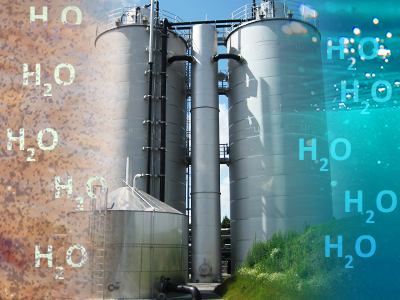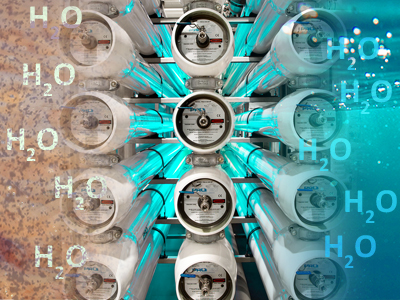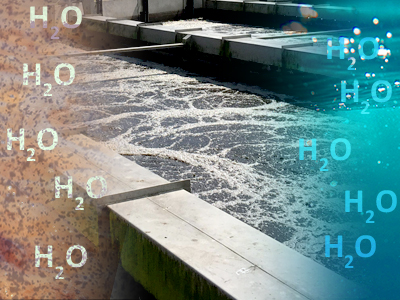Overview
Learn about the origin of per- and polyfluoroalkyl substances, their toxicity, regulation, and environmental impact. Explore the analytical potential and limitations of PFAS detection and discover the state-of-the art approaches to the separation and destruction of PFAS during water treatment.
PFAS - or ‘forever chemicals’ - are man-made compounds with strong carbon-fluoride bonds in their molecular structure. This bond confers many desirable properties in the chemical, but also makes it nearly indestructible and very difficult to remove from water and other environments. High and long-term exposure to PFAS has been known to increase the risk of cancer and liver problems and harm the reproductive and immune systems.
This course comprehensively explores per- and polyfluoroalkyl substances (PFAS). Your will learn about PFAS molecular structures, their physico-chemical characteristics and the (eco) toxicity of the main PFAS groups.
You will gain an understanding of the industrial origins of PFAS, their pathways into environmental systems, expected concentration ranges, the analytical possibilities and limitations of PFAS detection in environmental samples and current attempts to regulate PFAS in Europe. Leading experts in the field will give advice on planning sampling campaigns and the interpretation of results.
In this course you will learn about the state-of-the-art approaches to PFAS separation and destruction. You will learn about and compare concentration technologies’ performance in separating PFAS. You will also learn about various PFAS destruction technologies, assessing their readiness levels, performance, and efficiency.
The course offers video tours of PFAS research labs and facilities, a water treatment plant, a variety of interviews with peer professionals, and provides high-quality learning material.
This course addresses the needs of professionals from the water industry, as well as decision-makers and policy-makers, to gain valuable insights into today's PFAS challenges. It is aimed at water professionals (engineers or consultants), technologists, laboratory researchers, innovators from water authorities, and practitioners in the fields of environmental and sanitary engineering.
What You'll Learn
After successful completion of this course, you will be able to:
- Describe the main PFAS groups based on their molecular structure and link the main groups to origin, impact, and treatability
- Describe the industrial origin of PFAS, their pathway into the environment, and estimate expected concentration ranges
- Evaluate an analytical report of a PFAS sampling campaign considering the limitations of the sampling and analytical methods
- Compare concentration technologies [such as IX, GAC, membranes, and DAF] with regard to their removal performance and process efficiency for PFAS of different chain lengths and other properties
- Compare destruction technologies such as thermal, microwave, plasma, and cavitation with regard to the readiness of their technology, their performance, and process efficiency for PFAS of different chain length and other properties
- Assess the feasibility of engineering solutions for PFAS removal/destruction
CPD Accreditation
This course is accredited by The Chartered Institution of Water and Environmental Management (CIWEM). If you successfully complete this course you will be entitled to 30 Continuing Professional Development (CPD) credits.
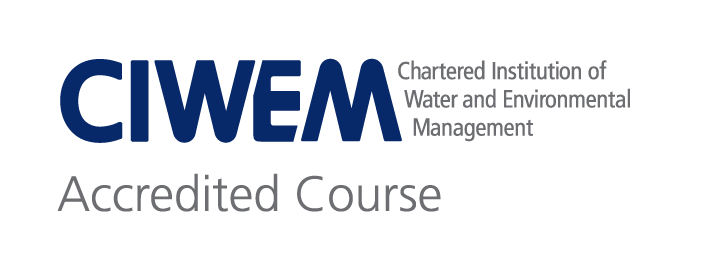
This course was supported by:
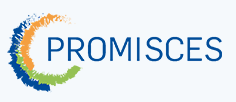
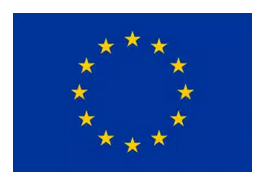
This PROMISCES project has received funding from the European Union's Horizon 2020 research and innovation programme under grant agreement no. 101036449.
Details
Course Syllabus
Week 1 - Welcome and Introduction
What are PFAS and why are they a problem? We dive into the nomenclature of PFAS, their physico-chemical characteristics, and reported contamination levels in the environment. For the main PFAS groups, relate the molecular structure to their physico-chemical characteristics and (eco)toxicity.
Week 2 - PFAS in drinking water, wastewater and leachate
We will talk about the presence of PFAS in the water cycle and how it impacts drinking water production and wastewater reuse. We will discuss campaigns for the regulation of PFAS. Describe the industrial origins of PFAS and their pathway into the environment and estimate expected concentration ranges.
Week 3 - PFAS analytics
This week will cover the analytical techniques to detect and quantify PFAS in environmental samples. We will explain the most common measurement principles, challenges and limits of PFAS analytics, and discuss the organization of sampling campaigns and results analysis. Evaluate an analytical report of a PFAS sampling campaign considering the limitations of the sampling and analytical methods.
Week 4 - PFAS concentration technologies
Which technologies are the current best options for PFAS separation from water and how do we deal with the waste streams? We will look into separation principles and their efficacy for specific PFAS groups. Compare concentration technologies [such as IX, GAC, membranes, and DAF] with regard to their removal performance and process efficiency for PFAS of different chain lengths and other properties.
Week 5 - PFAS destruction technologies
PFAS separation typically isn’t the end of the PFAS cycle. Destruction technologies are necessary to break the strong C-F bond of the PFAS molecule. But which technologies are available and how does the water matrix influence their effectiveness? Compare destruction technologies such as thermal, microwave, plasma, and cavitation with regard to their technology readiness level, performance, and process efficiency for PFAS of different chain lengths and other properties.
Week 6 - PFAS treatment trains
In this week you will work on an assignment that involves the evaluation of a PFAS separation and destruction technology. Assess the feasibility of engineering solutions for PFAS removal/destruction.
Qualifications
Certificates
If you successfully complete this course you will earn a professional education certificate and you are eligible to receive 3.0 Continuing Education Units (3.0 CEUs).
CPD Accreditation
This course is accredited by The Chartered Institution of Water and Environmental Management (CIWEM). If you successfully complete this course you will be entitled to 30 Continuing Professional Development (CPD) credits.
Admission
This course is primarily geared towards working professionals.
Prerequisites:
Participants must have basic knowledge of chemistry.
Contact
If you have any questions about this course or the TU Delft online learning environment, please visit our Help & Support page.

